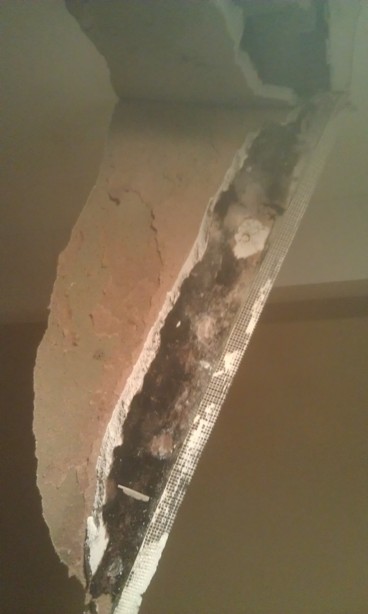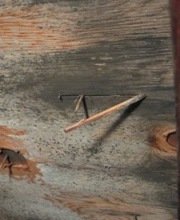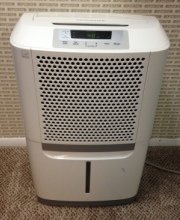Find a Mold Specialist Now
Click or Call, Toll-Free 24/7
Memnoniella Echinata In The Home
Memnoniella echinata is a common form of mold found all around the world. It used to be called stachybotrys echinata and it is very similar to another common type of mold with a similar-sounding name, stachybotrys chartarum. Stachybotrys chartarum is sometimes referred to as black mold, since it is black in color, or toxic mold, because it produces toxic substances called mycotoxins.
Where is Memnoniella Echinata Found?
Outdoors, it is commonly found in soil. Indoors, it is usually found in materials that contain cellulose, such as textiles, drywall, paper, and wallpaper. It frequently grows on materials that have been damaged by water or excessive moisture and can often be found growing alongside stachybotrys chartarum.
Health Problems Related to Memnoniella Echinata
Like stachybotrys chartarum, this strain of mold produces mycotoxins. Those toxic substances can make people ill. In addition, inhaling any kind of mold spores can cause respiratory problems or trigger allergic reactions in people that are sensitive to mold.
 Mold on sheetrock in ceiling
Mold on sheetrock in ceilingSymptoms of health problems related to this type of mold are usually similar to those caused by stachybotrys chartarum and may include:
- shortness of breath
- difficulty breathing
- wheezing
- coughing
- sneezing
- runny nose
- stuffy nose
- watery, red, itchy, irritated eyes
- itchy nose
- sore throat
- postnasal drip
- headaches
- migraines
- sinus infections
- pneumonia
- asthma attacks
Remember that this strain of mold is often found growing alongside stachybotrys chartarum. You can read more about health problems caused by stachybotrys chartarum. Any health problems you experience may be caused by either or both types of mold. It can be hard to tell which kind is causing a particular symptom.
If you're experiencing symptoms of mold-related illness, see your doctor for a diagnosis and treatment. Let your doctor know if you've been exposed to mold or think mold might be causing your symptoms. If you know what kind of mold to which you've been exposed, tell your doctor.
Mold Removal
To prevent mold-related health problems, or to aid in your recovery if you are suffering from a mold-related illness, you'll need to have the mold removed from your home as soon as you can. The longer you are exposed to mold, the greater your risk.
Some homeowners prefer to handle the mold removal themselves and in many instances, that's all right. Under certain circumstances, however, the U.S. Environmental Protection Agency (EPA) recommends calling in a professional.
A professional is recommended if:
- You have mold in your home covering an area greater than three feet by three feet
- You think there is mold in your home's heating, ventilation, and air conditioning system (special equipment is needed to clean duct work properly – you can read more about mold in HVAC systems)
- Mold develops after your home has been flooded with water that may have been contaminated by hazardous substances, such as sewage or chemicals of some kind (if you have flood insurance, your insurance policy may cover the cost of hiring a mold removal professional in this instance)
- You have mold-related health problems or health problems that might be made worse by increased exposure to mold, such as asthma, other respiratory disorders, or disorders of the immune system
You may not know what type of mold is present in your home. The U.S. Centers for Disease Control and Prevention (CDC) says it's not usually necessary to test the mold to find out what type of mold you have because all types are potentially hazardous and should be removed as soon as possible. If, however, you happen to know you're dealing with something like memnoniella echinata or stachybotrys chartarum that is known to produce mycotoxins that can cause serious illness, we suggest calling in professional just to be safe.
For Assistance with Mold Removal
If you need assistance with mold removal, or just want to talk with a professional about the work that needs to be done, we suggest making an appointment with a mold removal professional for a free in-home consultation. An experienced professional will come to your home, inspect for mold, and advise you about the mold removal process. You'll receive a written estimate for the job and, if your homeowners insurance policy covers mold removal, the professional will be able to assist you with filing your claim. Even if you plan to do the work yourself, you can benefit from some free expert advice. Follow this link to find qualified mold removal professionals offering free in-home consultations in your area.
Return From Memnoniella Echinata To Our Main Mold Types Page
Privacy Policy Terms and Conditions Accessibility Do Not Sell My Information Disclaimer Contact Us




